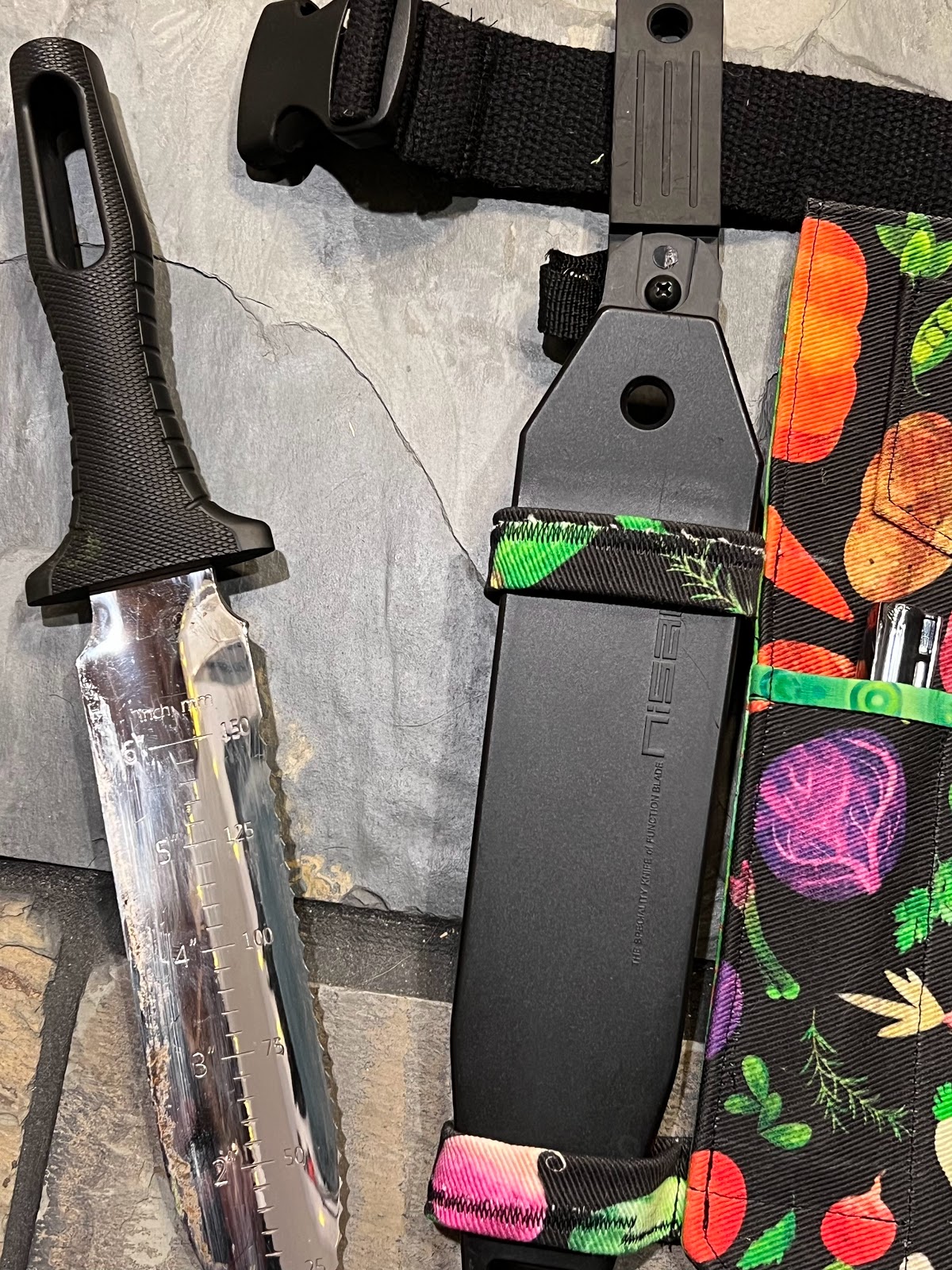I know quite a bit about my grandparents' experiences in WW2 through three main primary sources:
- Recorded oral testimony from 1988
- A journal he wrote in the 1940s surrounding the events of May 8-11, 1940 (the birth of his daughter and the Nazi invasion of Western Europe).
- The Yellow Pad Stories - 30 or so handwritten pages written in (I think) 1974, not long before his oldest daughter died of MS, about his time in the Maquis.
And when I wrote Biscuit, I used his experiences as my outline, and when I didn't know something, I sometimes made up detail to fill the gaps, just enough to make a coherent narrative. Because not everything in it is factual, I'm calling it a historical fiction novel based on the life of my grandparents, but I am sticking to the truth where it's known, and I'm trying to make the rest at least plausible.
One of the gaps I had to fill was based on the following exchange between myself and my grandfather in the transcript of the oral testimony:
Me: You told me of the third place that you lived in Valence. What about the first two?
Arthur: No. The first, I arrived in Beaumont-lès-Valence, where I lived at three different places. I already talked about the last one to make a long story shorter.
I thought it was odd that he wouldn't talk about the first two places they lived in Beaumont, and I got the sense that he just thought of it as a waste of time, but ... (shrug)
I elected to write about only two of the three places they lived, the main one, of course, which he did tell me about:
In Beaumont-lès-Valence, we lived at two different addresses; let's not talk about the first one. Oh, no, three, three. Let's talk about the last one, which lasted the longest. We were living in a house, a home several centuries old. Which was not used for a long, long time. It had inside one room and no floor, and the floor was dirt, hard dirt because it never rained inside, and the roof was covered with straw. Thatched roof.
But I did write about a second place - when they first moved to Beaumont, I wrote that they moved in with a widow who took them in, subletting her extra bedroom. The widow's home served as a breather for them. A small place of calm and safety before she dies, and because they cannot afford to pay all of the rent themselves, they move into the home where they were to live for the next three years.
Anyway, last summer, my aunt sent me a folder of materials, letters, telegrams, postcards, etc., which provided some missing details. And two of them gave their return address in late 1941, right after they moved to Beaumont.
Chez Madame Charles Mouriquand means, house of Mrs. Charles Mouriquand. The second address (that's my grandfather's handwriting) says "Veuve," which means ... widow. The house of Widow Marquand.
Holy mackerel... I just made that up, and it turns out to be true! They really did live with a widow.
My historian friend in Etoile told me that in 1936 when Monsieur Mouriquand was still alive, the house was in the Les Granges neighborhood, and there are many houses now in the same place, and my friend is looking for which address is the actual house.
He also told me her name: Maria Marthe. Her maiden name was Barthelemy, and she married Charles Auguste Mouriquand on March 9, 1890. He died July 31, 1941, just a few months before my grandparents moved in with her. She died shortly after the war, on April 6, 1946.
Because she died after the war, that means I likely contradicted historical facts in my book (I wrote that they moved to the Auvergne farm, because she had died, when in actuality, she lived for another 4 1/2 years after they moved out. I'll have to revise that section of the book.
















